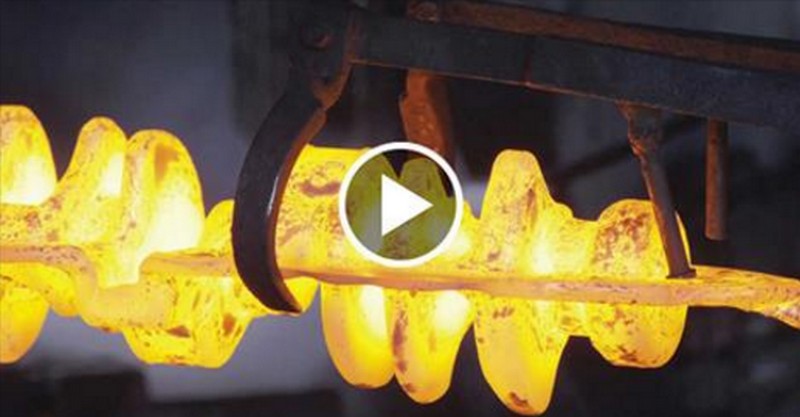In case you ever wanted to get an insight of how a crankshaft works, then you have come to the right place. We will show you a video of how the multidirectional forging process for CAD works with Finite Element Analysis (FEA). It will certainly catch your attention, because it brings together CAD design with a lot of heat and pops out a crank on the other end. Each engine is actually an assembly of certain delicate parts. These delicate parts play a great role, and it is very important that each and single one of them is intact, in order for the engine to work.
How The Crankshaft Works! Multidirectional Forging Process Is The Thing! Find Out How It Actually Works!
At the center of the engine is a crankshaft. Its role is highly important because it controls and brings everything together to form the rotating assembly. Its presence is crucial due to the fact that without it, power production is impossible and the engine could not work. With a little help from FEA simulation, we see that firstly there is a contact between the work piece and the tool. You can get a better insight into how the multidirectional forging works with the CAD construction. The forming of the elements is revealed in the top view, whereas the wedges that redirect the press force into the horizontal direction are shown in the side view.
In the end, we can see that the tool concept is very useful when it comes to forging trials. This is a very effective way to show you how something is done or how something works, and on top of all, you can see some possible combinations and tests with the same tool. It was very interesting for us and we are sure many of you learned a few new things too. Now we all know a little bit more about how multidirectional forging works and we have CAD and FEA to thank for it!
Finally, click here to watch the assembly of the Vette’s engine!

